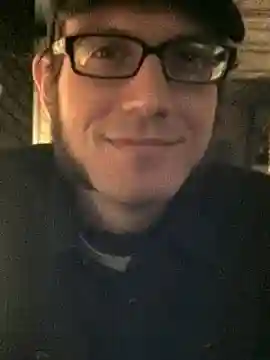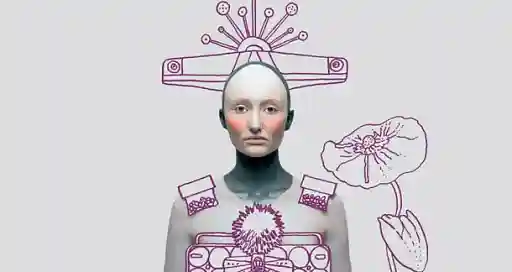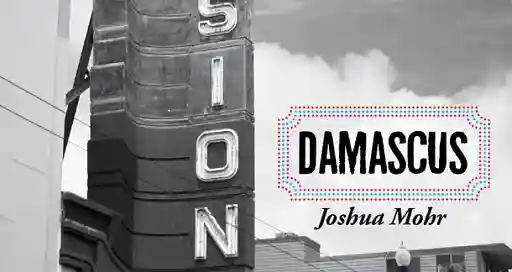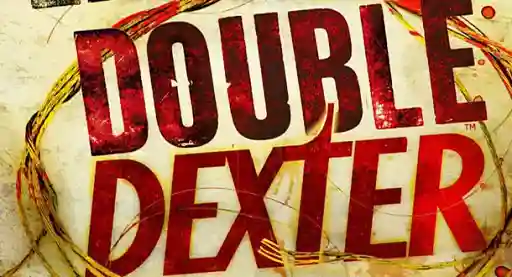Six years ago, an anthology of film-themed horror stories crept into readers' hands, and their nightmares were never the same.
Now...it’s back.
Well, sort of. The anthology was called The Cutting Room (which I also reviewed for LitReactor in 2014), and other than Stephen Graham Jones’s entry, it was comprised of reprints from a variety of authors. The anthology’s editor, the esteemed Ellen Datlow, has a new collection out that acts as an unofficial sequel of sorts to The Cutting Room, titled Final Cuts: New Tales Of Hollywood Horror And Other Spectacles. This time around, each story is brand new, so think of it as an original sequel to a horror movie remake.
And now, the question that hovers over every sequel: is it as good as the original?
Yes. It absolutely is. In many ways, it’s better.
Several members of the original cast are back: the aforementioned Jones, along with A.C. Wise, Gemma Files, and Laird Barron. They’re joined by Dale Bailey, Nathan Ballingrud, Lisa Morton, Josh Malerman, Usman T. Malik, and John Langan, among several others. Familiar themes and subjects return as well—lost films, cursed films, cursed film props, dark rumors surrounding celebrated films, alternate Hollywood history, obsession with Old Hollywood starlets, femme fatales, Werner Herzog, and more.
With these come explorations into new media and forms of entertainment, like YouTube series (Kelley Armstrong’s “Drunk Physics”), grisly, real-life killings taped by murderers (A.C. Wise’s “Exhalation #10” and Richard Kadrey’s “Snuff In Six Scenes”), and televised executions (Usman T. Malik’s “Folie À Deux, Or The Ticking Hourglass"), to name a few. One tale—Jeffrey Ford’s delightfully unnerving “From The Balcony Of The Idawolf Arms”—even stretches the definition of film itself by focusing on shadow-play (one of the “Other Spectacles” alluded to in the anthology’s title). Jones similarly eschews anything particularly horrible displayed on a screen (unless a formulaic popcorn action flick counts as horrible), instead focusing on a magic (or haunted) assisted listening device that reveals dark secrets.
Perhaps it’s because these stories were written especially for this anthology, but the collection as a whole feels more cohesive than its predecessor (though I should reiterate here that The Cutting Room isn’t mentioned in the book’s description or other promotional material, so it wasn’t necessarily Datlow’s intention to produce a sequel). Final Cuts feels like the very best horror omnibus films, with each story distinct from the last, yet threaded together by some ephemeral, ineffable string, an unidentifiable but palpable connectivity. Perhaps it’s Datlow herself, channeling the singular creative forces behind the Hammer or Amicus anthologies, or the Dan Curtis TV movies from the 1970s, or Stephen King and George Romero’s Creepshow; she’s the director, the auteur, and of course, the editor, presiding over and splicing together unique voices and narratives into beautiful, terrible continuity.
Many of the stories mentioned above are among the best in the collection, but the best of the best I’ve yet to mention. Of particular note are: Nathan Balingrud’s “Scream Queen,” a cosmic horror metaphor for the evil men do in the film industry, the metaphorical and literal thievery they commit upon women’s bodies and personhoods; Lisa Morton’s “Family,” a somber meditation on grief centering on an American screenwriter working with a Hong Kong production company while a strange horror movie that shouldn’t be a horror movie sweeps through the city; Laird Barron’s utterly batshit dark fantasy tale “The One We Tell Bad Children,” which reads like an Old Hollywood tell-all brewed in a witch’s cauldron with Blood Meridian; Josh Malerman’s “A Ben Evans Film,” which more or less asks the question, “What if Ed Gein were a filmmaker?”; and last but not least (in fact, it’s my favorite story in Final Cuts), John Langan’s “Altered Beast, Altered Me,” a vampire tale that revives the epistolary form, echoing Bram Stoker, but with mythos rooted in the myriad Dracula films produced in America and beyond, specifically the legend of “Dracula’s Ring.”
Make no mistake, however, aside from two stories that didn’t quite hit the mark for me (they weren’t bad, just not my cup of tea), each tale in Final Cuts is a knockout. As far as “Summer Reads” go, if you’re a fan of horror, the movies, and horror films, you’ll not find a more entertaining book.
Buy Final Cuts: New Tales Of Hollywood Horror and Other Spectacles at Bookshop or Amazon

About the author
Christopher Shultz writes plays and fiction. His works have appeared at The Inkwell Theatre's Playwrights' Night, and in Pseudopod, Unnerving Magazine, Apex Magazine, freeze frame flash fiction and Grievous Angel, among other places. He has also contributed columns on books and film at LitReactor, The Cinematropolis, and Tor.com. Christopher currently lives in Oklahoma City. More info at christophershultz.com







